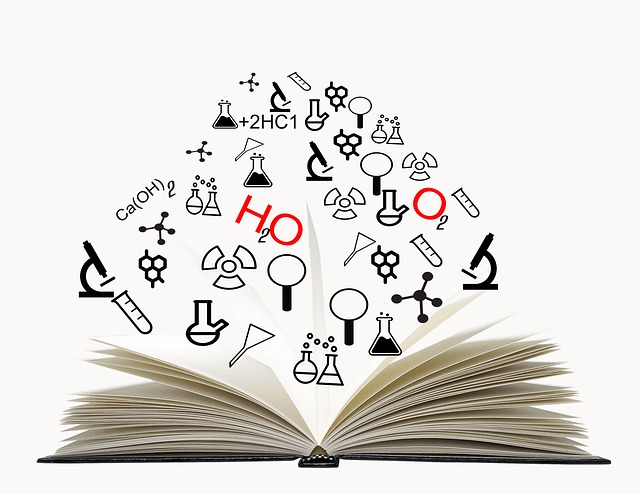The Science of Reading has been in the news a lot recently, and not surprisingly, many people (including a lot of teachers) find the sheer amount of information it involves overwhelming. So, the basics: the Science of Reading is not a movement or a belief system. It is a vast body of research based on hundreds of studies conducted by dozens of researchers over many decades, and involving fields in the social and hard sciences such as psychology, linguistics, and neuroscience. While researchers still have questions about the exact processes by which skilled reading develops, a sufficient number of studies have produced similar results to allow them to conclude that…
-
-
It’s Hard to Solve Problems that People Don’t Know Exist
Note: if you’re unfamiliar with the three-cueing system and want the full background, see this post first. If you want the short version, it’s this: basically, the three-cueing system is derived from the observation that skilled use a variety of “clues,” including spelling, syntax, and background knowledge to draw meaning from text. Over time, that idea became profoundly distorted into the notion that children should be discouraged from using all the letters in a word to determine what it literally says, and should instead look at only the first/last letters, along with other contextual clues—usually pictures—to identify it. I’m simplifying here, but that’s the gist. So moving on… A couple of weeks…

